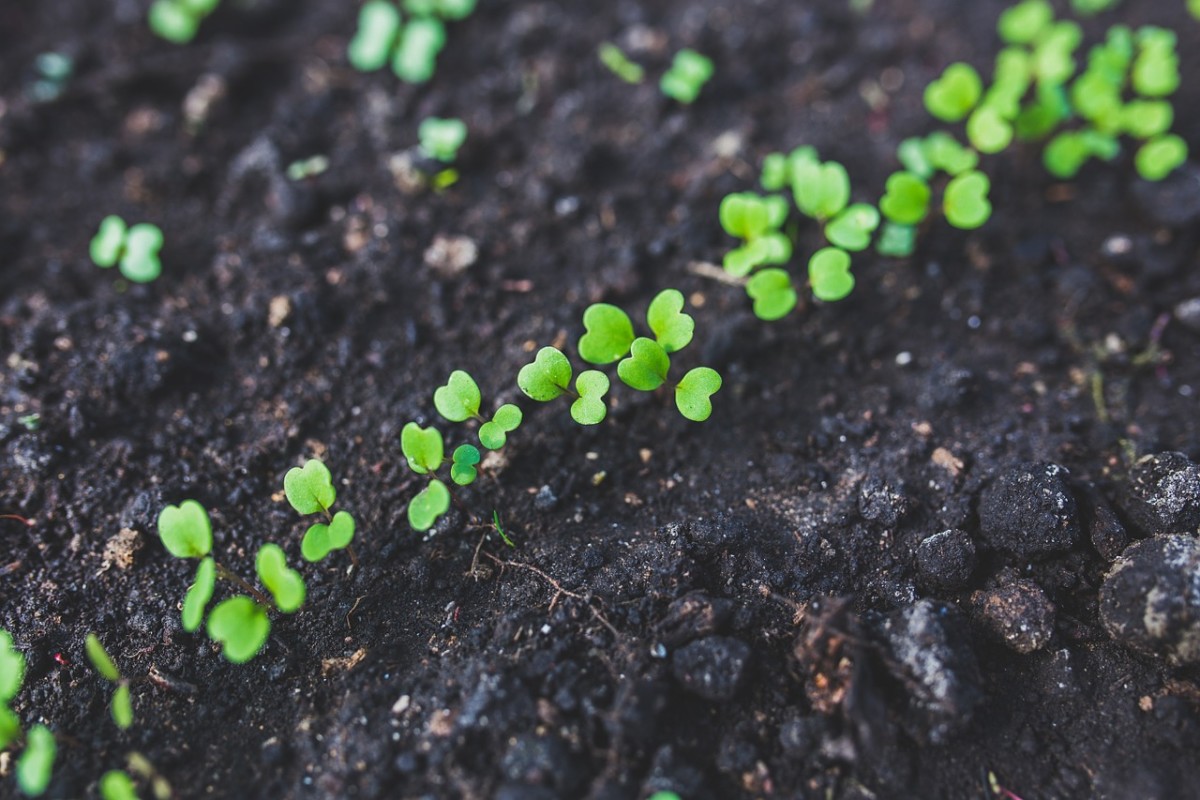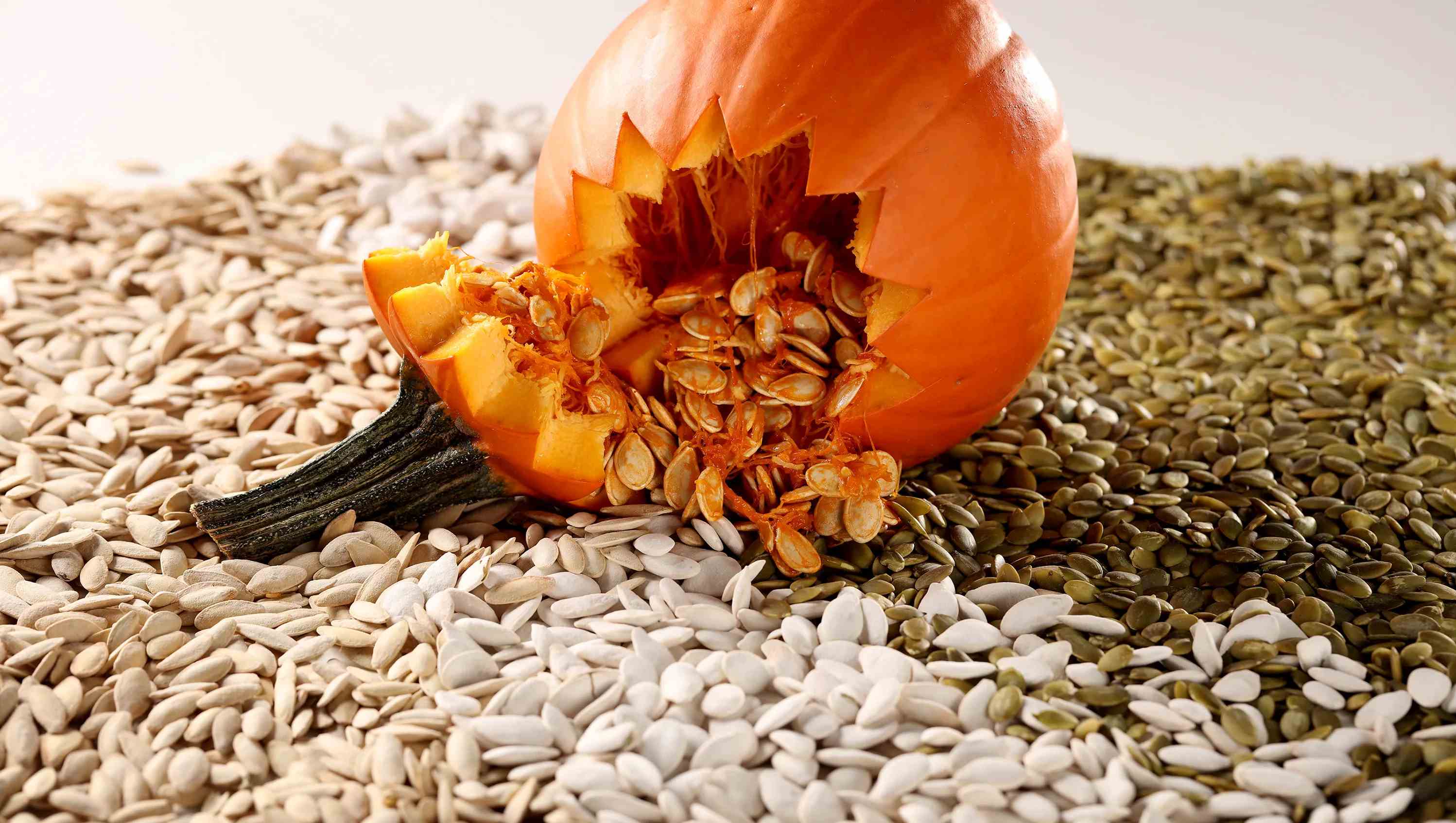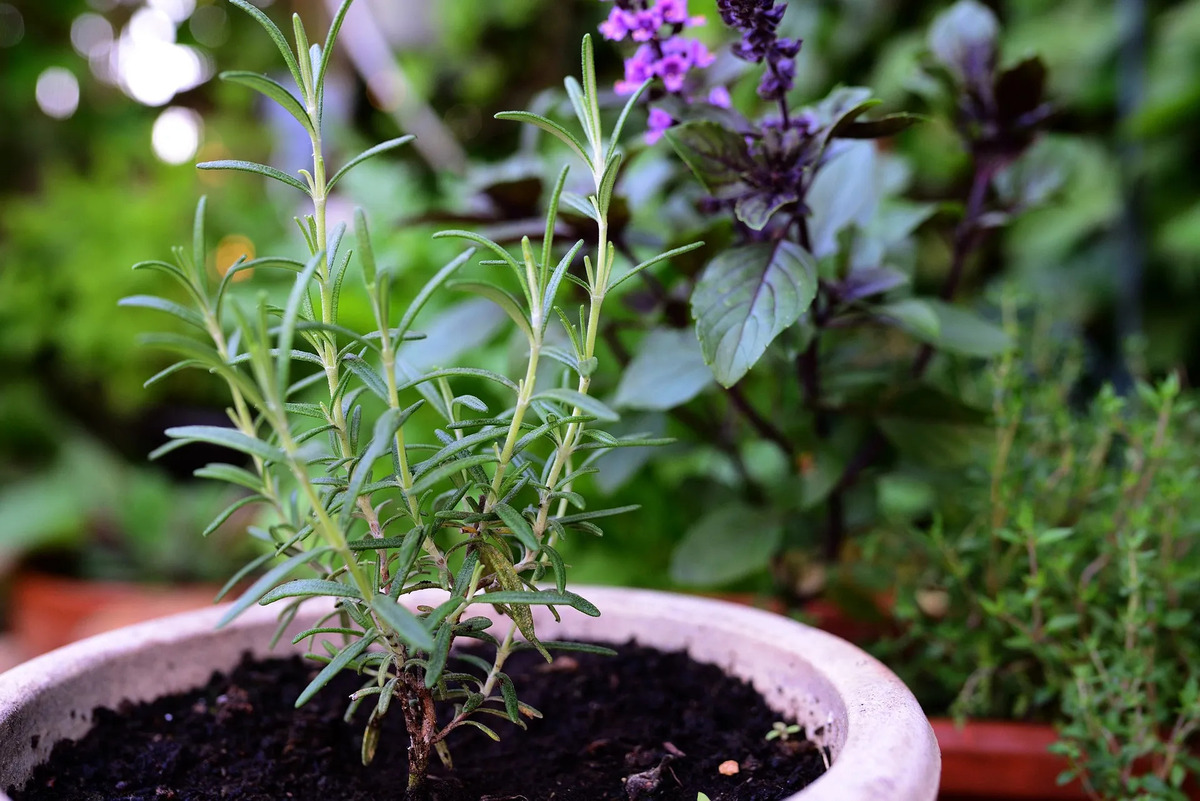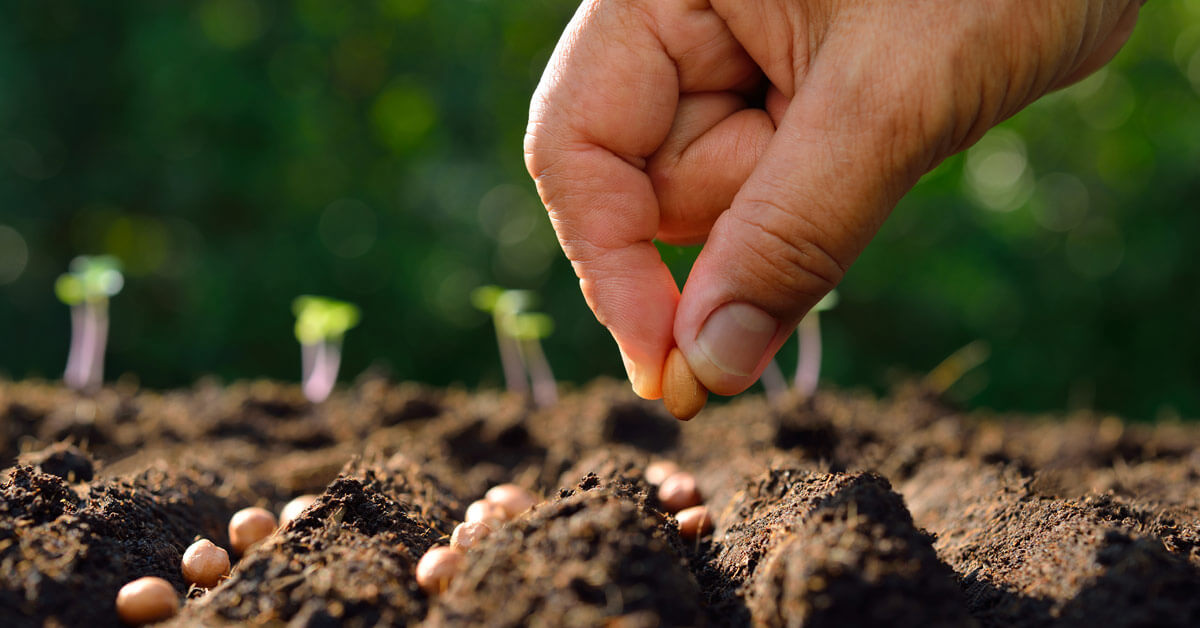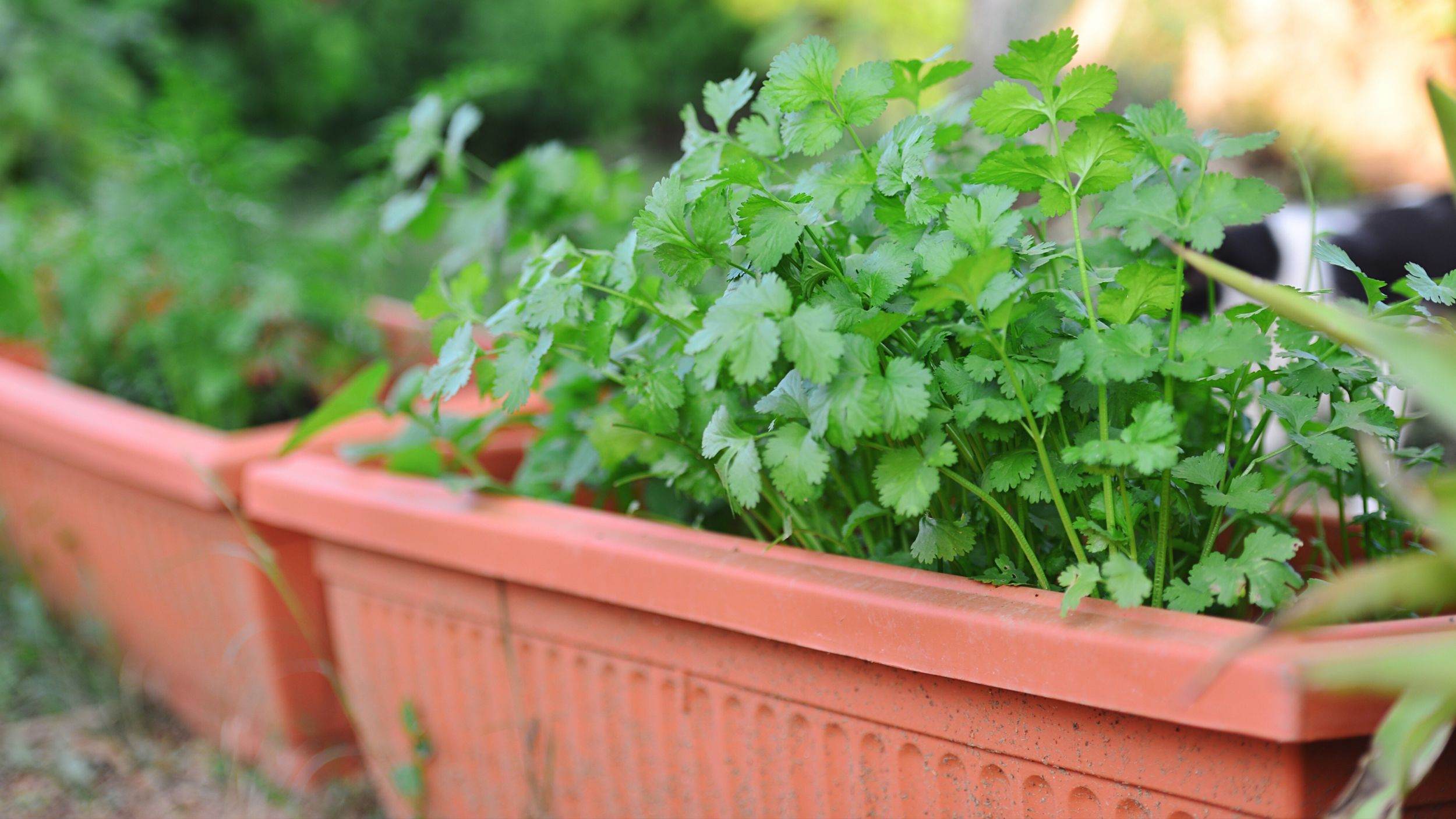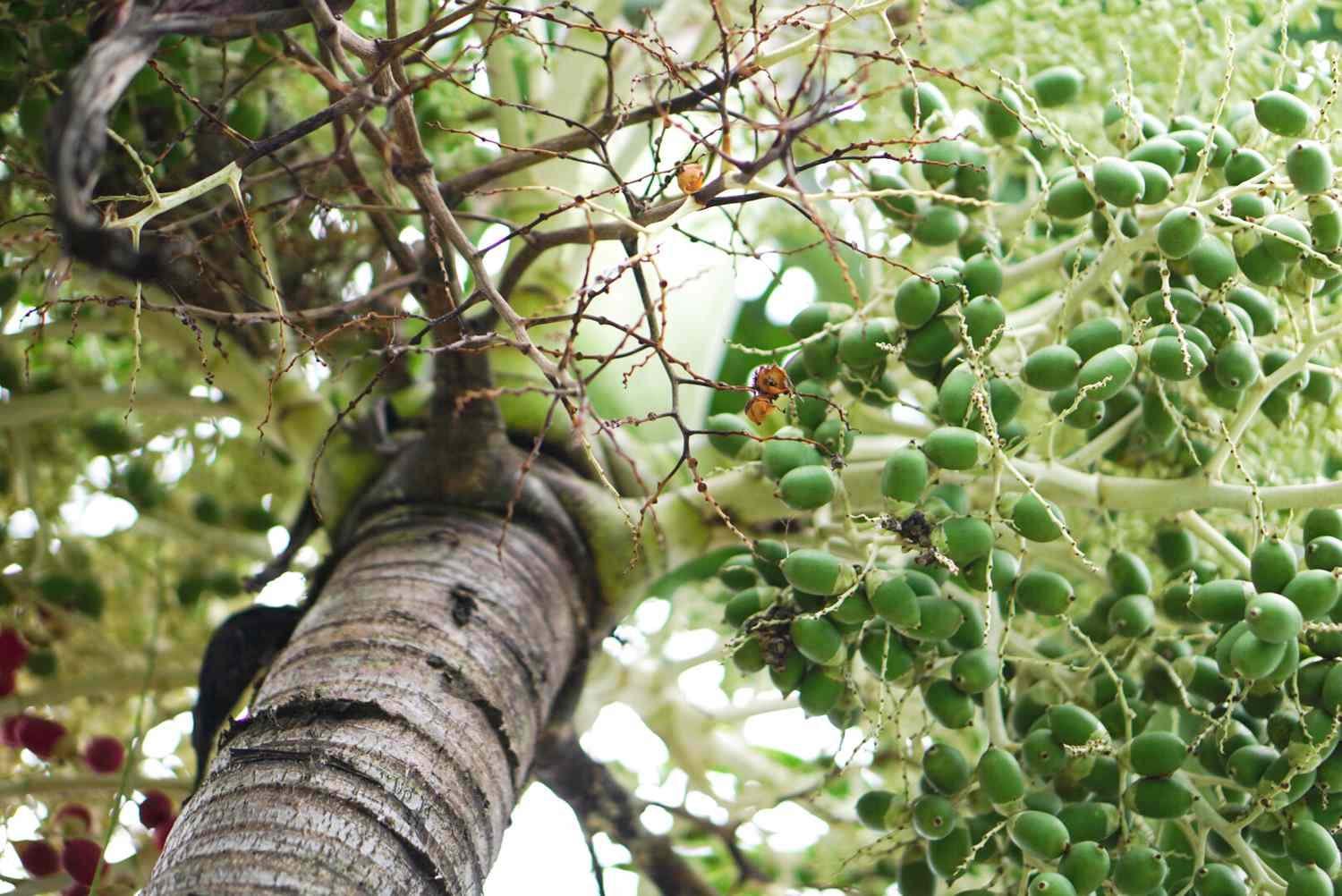Home>Types of Gardening>Edible Gardening>How To Grow Flax Seeds
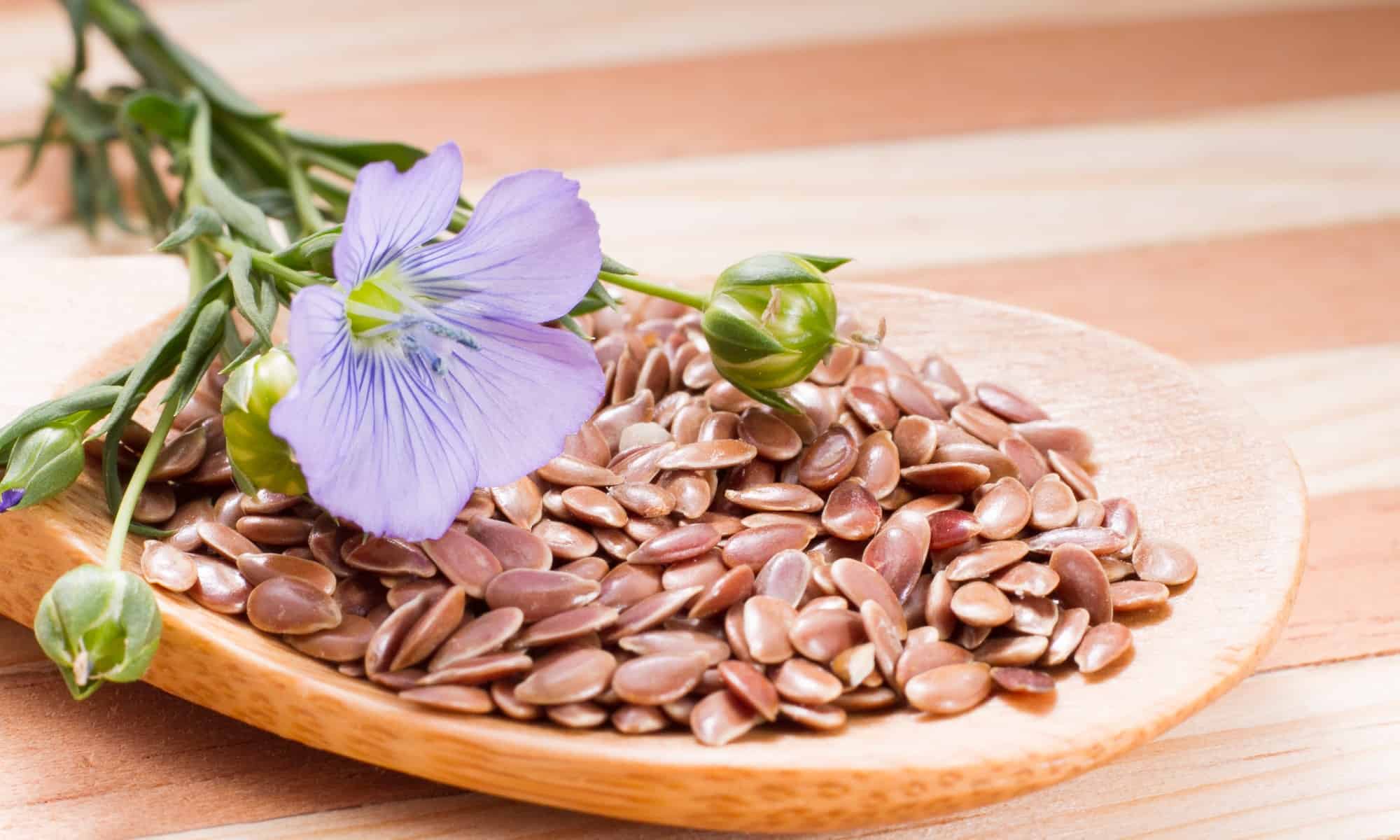

Edible Gardening
How To Grow Flax Seeds
Modified: February 7, 2024
Learn how to grow flax seeds in your own edible garden. Discover the step-by-step process and enjoy fresh, nutritious flax seeds at home.
(Many of the links in this article redirect to a specific reviewed product. Your purchase of these products through affiliate links helps to generate commission for Chicagolandgardening.com, at no extra cost. Learn more)
Table of Contents
Introduction
Welcome to the world of edible gardening! Growing your own food can be a rewarding and fulfilling experience, and one plant that is well worth considering for your garden is flax. Flax seeds, also known as linseeds, are a nutritional powerhouse packed with essential fatty acids, fiber, and other beneficial nutrients.
In this article, we will guide you through the process of growing flax seeds in your own backyard. From choosing the right variety of flax seeds to harvesting and storing them, we will cover everything you need to know to successfully cultivate this versatile plant.
Flax plants are known for their slender stems and delicate blue flowers that add a touch of beauty to any garden. But beyond their aesthetic appeal, flax seeds have been used for centuries as a food source and for their medicinal properties. Incorporating flax seeds into your diet not only provides a tasty and nutritious addition to your meals but also offers several health benefits.
Whether you are a seasoned gardener looking to expand your repertoire or a beginner eager to embark on your edible gardening journey, growing flax seeds is a great choice. So, let’s dive in and explore the fascinating world of flax seed cultivation!
Choosing the Right Flax Seeds
When it comes to choosing the right flax seeds for your garden, there are a few factors to consider. First and foremost, ensure that you are purchasing seeds from a reputable source to ensure their quality and viability. Look for organic or non-GMO flax seeds to ensure that you are starting with the best possible foundation for your plants.
Next, consider the variety of flax seeds you want to grow. There are two main types: brown and golden flax seeds. Brown flax seeds are more commonly found and have a slightly nuttier flavor, while golden flax seeds have a milder taste. Either variety can be grown successfully, so it’s a matter of personal preference.
Take into account your location and climate when selecting flax seed varieties. Some varieties are better suited for colder climates, while others thrive in milder temperatures. Do some research or consult with local gardeners or agricultural experts to determine which varieties are most suitable for your specific region.
Lastly, consider your available garden space and how much flax you want to grow. Flax plants can grow quite tall, reaching up to 3 feet in height, so make sure you have enough space for them to grow without being overcrowded. If you have limited space, you may opt for a compact or dwarf variety that requires less space but still produces a decent harvest of flax seeds.
Keep in mind that flax seeds have a relatively short shelf life, so it’s best to buy fresh seeds each year rather than using old stock. This ensures that the seeds are viable and will germinate properly, giving you the best chance of success in your flax seed cultivation.
Now that you have a better understanding of how to choose the right flax seeds, let’s move on to the next step: preparing the soil.
Preparing the Soil
Before planting flax seeds, it’s essential to prepare the soil to create optimal growing conditions for your plants. Flax thrives in well-drained, loamy soil that is rich in organic matter. Follow these steps to prepare the soil:
- Clear the area: Begin by clearing the area where you plan to plant flax seeds. Remove any weeds, rocks, or debris that may hinder the growth of your plants.
- Loosen the soil: Flax seeds require loose soil for their roots to penetrate easily. Use a garden fork or a tiller to loosen the soil to a depth of at least 6 inches. This will also help improve drainage.
- Amend the soil: If your soil is heavy clay or lacks nutrients, amend it with organic matter such as compost or well-rotted manure. This will enhance the soil’s fertility, improve its structure, and provide essential nutrients for your flax plants.
- Test the soil: It’s a good idea to test your soil’s pH level. Flax plants prefer a slightly acidic to neutral pH range between 6.0 and 7.5. If the soil is too acidic, you can add lime to raise the pH level. Conversely, if it’s too alkaline, you can add sulfur to lower the pH.
- Level the soil: After amending the soil, ensure that it is level and free of large clumps. Use a rake to smooth out the surface and create a uniform bed for planting.
By taking the time to prepare the soil properly, you are setting the stage for healthy flax plant growth, ensuring they have access to the nutrients and moisture they need.
Now that your soil is prepared, it’s time to move on to the exciting part: planting the flax seeds.
Planting the Flax Seeds
Now that you have prepared the soil, it’s time to plant your flax seeds. Follow these steps to ensure successful planting:
- Choose the right time: Flax seeds are best planted in early spring when the soil temperature reaches around 50°F (10°C). This allows the seeds to germinate and establish before the warm summer months.
- Sow the seeds: Scatter the flax seeds evenly over the prepared soil. Aim to plant them about 1/4 to 1/2 inch deep. Since flax seeds are small, you can mix them with sand or vermiculite to help distribute them more evenly.
- Space the seeds: Leave about 6 to 9 inches of space between each plant to allow them room to grow and develop. Proper spacing prevents overcrowding, which can lead to competition for resources and hinder plant growth.
- Water the seeds: After planting, gently water the soil to ensure it is moist. Flax seeds need consistent moisture to germinate properly. Avoid overwatering, as this can lead to damping-off disease or root rot.
- Provide appropriate sunlight: Flax plants require full sun exposure to thrive. Place them in an area that receives at least 6 to 8 hours of direct sunlight daily.
Flax seeds generally have a high germination rate and should sprout within 7 to 14 days. Keep the soil consistently moist during the germination period to promote successful seedling emergence.
Once the flax seeds have germinated, it’s important to provide ongoing care to ensure healthy plant growth. In the next section, we will discuss how to properly care for your flax plants.
Caring for Flax Plants
Proper care is key to the successful growth and development of flax plants. Follow these essential steps to ensure your flax plants thrive:
- Watering: Flax plants require consistent moisture, especially during periods of drought or hot weather. Water them regularly, keeping the soil evenly moist but not waterlogged. Avoid overhead watering, as excessive moisture can lead to fungal diseases.
- Weeding: Regularly remove weeds that compete with flax plants for nutrients and resources. Be careful when weeding around flax plants as their shallow roots can be easily damaged.
- Fertilizing: Flax plants are generally low-maintenance and do not require heavy fertilization. However, incorporating compost or a balanced organic fertilizer once or twice during the growing season can help promote healthy growth.
- Supporting: As flax plants grow, they may become top-heavy and prone to bending or breaking. Consider providing support such as bamboo stakes or plant supports to prevent stem damage from wind or heavy rain.
- Pest control: Flax plants are relatively resistant to pests and diseases. However, keep an eye out for common garden pests such as aphids or snails. Use organic pest control methods if necessary, such as handpicking or using natural insecticidal sprays.
In addition to these general care tips, it’s important to monitor your flax plants closely for any signs of disease or nutrient deficiencies. Early detection and intervention can help prevent further damage and maintain plant health.
Flax plants typically reach maturity in about 80 to 90 days, at which point they are ready for harvest. In the next section, we will explore how to harvest and store flax seeds.
Harvesting Flax Seeds
Harvesting flax seeds is an exciting milestone in your edible gardening journey. Here are the steps to successfully harvest your flax seeds:
- Monitor seed maturity: Flax plants typically reach maturity when their lower leaves turn yellow and start to wither. This indicates that the seeds are ready for harvest.
- Check seed readiness: To determine if the flax seeds are fully mature, gently squeeze one of the seed capsules. If it feels firm and the seeds inside are hard and golden in color, they are ready for harvest. If the seeds are still soft or white, give them more time to mature.
- Choose a dry day: It’s best to harvest flax seeds on a dry day when the plants and seed capsules are free from moisture. Wet seeds can be prone to mold or rot during storage.
- Use a pair of scissors or pruners: Cut the flax stalks just above the soil line. This allows you to collect the entire plant while minimizing damage to the remaining stalks in the ground.
- Bunch and hang the stalks: Gather the cut flax stalks in small bundles and tie them together using twine or string. Hang the bundles upside down in a dry, well-ventilated area, such as a shed, garage, or covered porch.
- Allow the seeds to dry: Let the flax stalks hang for about two to three weeks, or until the seed capsules are completely dry and brittle. During this time, the seeds will continue to mature and dry out further.
- Separate the seeds: Once the seed capsules are fully dry, gently thresh them by rubbing the stalks between your hands or using a clean cloth. This process helps separate the seeds from the capsules.
- Winnow the seeds: To separate the seeds from any remaining debris or chaff, lightly toss the seeds in a tray or shallow basket while standing in front of a gentle breeze. This will allow the wind to blow away the lighter chaff, leaving you with clean flax seeds.
Once you have harvested and cleaned your flax seeds, it’s time to move on to the final step: storing them properly.
Storing Flax Seeds
Proper storage is essential to maintain the quality and freshness of your harvested flax seeds. Follow these guidelines to ensure your seeds remain in optimal condition:
- Ensure dryness: Before storing flax seeds, make sure they are completely dry. Any residual moisture can lead to mold or spoilage, reducing the seeds’ shelf life.
- Choose the right container: Store flax seeds in airtight containers such as glass jars or plastic containers with tightly fitting lids. Ensure the containers are clean, dry, and free from any traces of moisture or odors.
- Label and date: It’s a good practice to label your containers with the date of harvest. This helps you keep track of the seeds’ freshness and ensure you use the oldest seeds first.
- Store in a cool, dark place: Flax seeds are sensitive to light, heat, and air. To preserve their nutritional content and prevent rancidity, store them in a cool, dark place like a pantry or cupboard away from direct sunlight or heat sources.
- Avoid grinding until ready to use: Flax seeds have a protective outer shell that helps retain their nutrients. For the best flavor and nutritional benefits, it’s recommended to grind the seeds just before using them in recipes.
- Regularly check for freshness: Over time, flax seeds can lose their freshness and nutritional value. Periodically check your stored flax seeds for any signs of spoilage, off odors, or rancidity. If in doubt, it’s best to discard and replace them.
By following these storage guidelines, your flax seeds can remain fresh and flavorful for several months, allowing you to enjoy their nutritional benefits in various culinary creations.
Now that you know how to store your flax seeds, let’s explore the many ways you can incorporate them into delicious recipes.
Using Flax Seeds in Recipes
Flax seeds are incredibly versatile and can be incorporated into a wide range of recipes to enhance both taste and nutrition. Here are some creative ways to use flax seeds:
- Ground flax in smoothies: Add a tablespoon of ground flax seeds to your favorite smoothie for a nutrient boost. The mild nutty flavor of flax seeds pairs well with various fruit and vegetable combinations.
- Flaxseed crackers: Make your own homemade flaxseed crackers by mixing ground flax seeds, water, herbs, and spices. Roll out the dough, cut into desired shapes, and bake until crispy. These crackers make a healthy and delicious snack.
- Flaxseed pancakes or waffles: Replace a portion of the flour in your pancake or waffle batter with ground flax seeds. This addition adds a pleasant nutty taste and boosts the fiber and omega-3 content of your breakfast.
- Flaxseed breading for meats or vegetables: Mix ground flax seeds with your favorite herbs and spices to create a flavorful breading for chicken, fish, or vegetables. Bake or fry them for a crispy and nutritious coating.
- Flaxseed oatmeal: Add a tablespoon of ground flax seeds to your morning oatmeal for added texture, flavor, and nutritional benefits. Stir in some fruits, nuts, and honey for a wholesome and satisfying breakfast option.
- Flaxseed energy balls: Combine ground flax seeds, oats, nut butter, honey, and your choice of mix-ins like dried fruits or chocolate chips. Roll the mixture into small balls and refrigerate for a quick and healthy snack on the go.
- Flaxseed salad dressing: Whisk ground flax seeds into your favorite homemade salad dressing for a creamy and nutritious twist. The flax seeds provide a velvety texture and a nutty flavor that complements various salad combinations.
These are just a few examples of how you can incorporate flax seeds into your recipes. Don’t be afraid to get creative and experiment with different ways to enjoy the nutritional benefits of flax seeds in your meals.
Now that you’re armed with some exciting recipe ideas, it’s time to reap the health benefits of flax seeds.
Health Benefits of Flax Seeds
Flax seeds offer a wide array of health benefits and are considered a superfood for good reason. Here are a few key reasons why incorporating flax seeds into your diet can be beneficial:
- Rich in Omega-3 Fatty Acids: Flax seeds are an excellent plant-based source of omega-3 fatty acids, specifically alpha-linolenic acid (ALA). Omega-3 fatty acids play a vital role in brain health, heart health, and reducing inflammation in the body.
- High in Dietary Fiber: Flax seeds are a great source of both soluble and insoluble fiber. These fibers promote healthy digestion, regulate blood sugar levels, and help maintain a healthy weight by creating a feeling of fullness.
- Loaded with Antioxidants: Flax seeds contain lignans, which are antioxidants that have been shown to have potential anti-cancer properties. These lignans can also help balance hormone levels and support overall hormonal health.
- Support Heart Health: The combination of omega-3 fatty acids, dietary fiber, and antioxidants in flax seeds contributes to heart health. They can help lower cholesterol levels, reduce blood pressure, and decrease the risk of heart disease.
- Promote Skin and Hair Health: The omega-3 fatty acids and antioxidants in flax seeds can contribute to healthy skin and hair. They help nourish the skin, improve skin elasticity, and reduce the signs of aging. Additionally, they can strengthen hair follicles, promote hair growth, and prevent dryness and breakage.
- May Aid in Weight Management: The combination of fiber, healthy fats, and protein in flax seeds can help promote satiety and reduce cravings. Incorporating flax seeds into your meals can contribute to a sense of fullness, potentially aiding in weight management.
To fully reap the health benefits of flax seeds, it’s best to consume them in ground or milled form. Grinding flax seeds releases their nutrients and makes them easier for the body to absorb.
As with any dietary addition, it’s always a good idea to consult with a healthcare professional or registered dietitian before making significant changes to your diet, especially if you have specific health concerns or conditions.
Now that you know about the countless health benefits, it’s time to start incorporating flax seeds into your everyday meals for a nourishing boost.
Conclusion
Growing flax seeds in your edible garden can be a fulfilling and rewarding experience. From the initial selection of the right flax seeds to the proper preparation of the soil, planting, and caring for the plants, each step is crucial to ensure a successful harvest. Flax seeds offer numerous health benefits, including being a rich source of omega-3 fatty acids, fiber, and antioxidants, all of which contribute to overall well-being.
Whether you’re a seasoned gardener or just starting out, flax seeds are a versatile addition to any garden. Their slender stems, delicate blue flowers, and nutritional value make them a valuable plant to cultivate. By following the guidelines outlined in this article, you’ll be well-equipped to grow and harvest flax seeds effectively.
Once harvested, flax seeds can be used in various recipes to enhance both flavor and nutrition. From smoothies and baked goods to salads and dressings, the possibilities are endless. Incorporating flax seeds into your diet is a delicious way to promote heart health, support digestion, nourish your skin and hair, and maintain a healthy weight.
So why not embark on the journey of growing flax seeds in your garden? It’s an opportunity to connect with nature, enjoy the satisfaction of growing your own food, and reap the many benefits these tiny seeds have to offer.
Remember to have fun, experiment, and enjoy the process of nurturing and harvesting your flax plants. Happy gardening and bon appétit!

